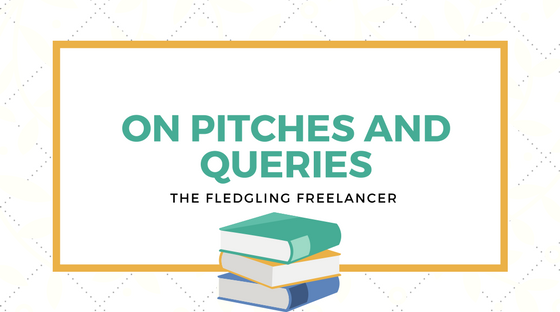If you’ve decided you want to do magazine or lifestyle blogging work, you’re going to need to know how to pitch. Pitch letters, also called query letters, are defined according to Balance’s Allena Tapia as “A letter or email sent to an editor or agent which details an idea for a magazine, newspaper, book or other publication, along with an attempt to sell this particular idea, along with yourself as the potential writer”. Pitches can come in the forms of letters, or perhaps you’ve heard of the elevator pitch, which is a brief verbal pitch that sums up your work in the amount of time it would take to ride an elevator with a potential client.
Thankfully, pitches come in all shapes and sizes, as well. When I asked editor Nathan Taylor about what he expected as a pitch, he would receive casual pitches through phone calls or even over social media, selling the idea for a story. If a writer had a strong writing sample, pitching to him could be more casual. But it’s important to check out the publication or individual you’re pitching to, to get an idea of the kind of work they expect. And when in doubt, go with formality over being too casual.
For a more concrete pitch letter, I asked freelance writer Patti Vipond for some advice. She noted that it’s important to “start with a catchy opening,” and to know the publication very well. Rather than throwing queries at any magazine with openings, Vipond advises freelancers to ensure they do their homework to know everything from the editor’s names to the subject matter of the publication.
From what I’ve researched, the goal is for pitching is to ensure that people remember you for all the right reasons. It may sound simple to be polite, to present yourself well, to know the publication and know your own story, but it might not be obvious to everyone. Pitching, from one fledgling freelancer to another, seems as though it’s just as much about pitching why you’re a good fit as much as it is about pitching why your work is.

